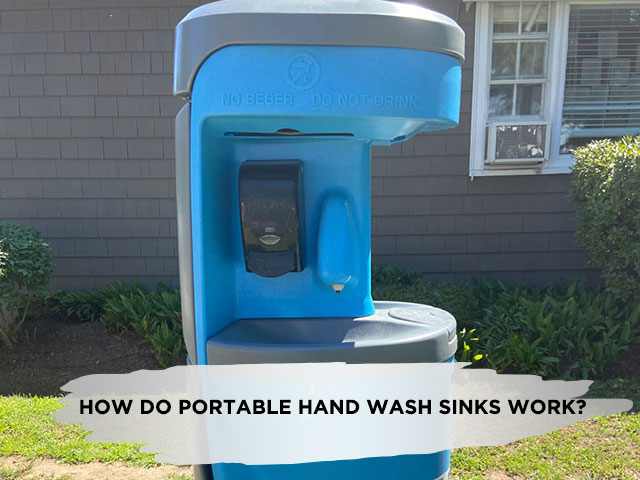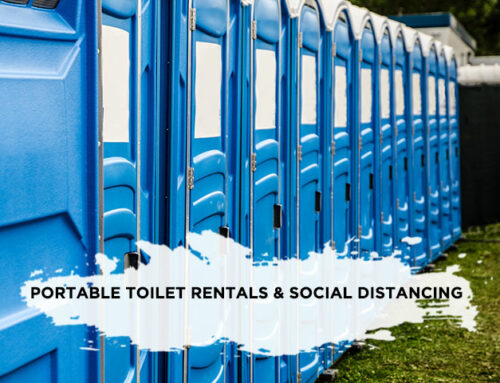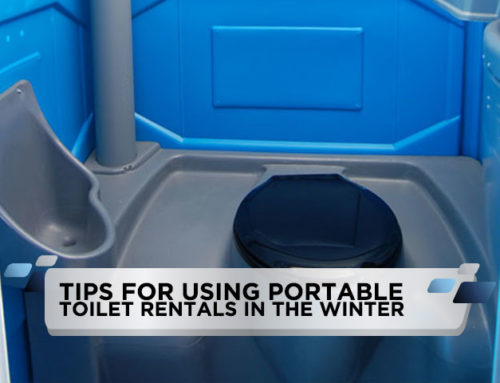
You have probably seen portable hand wash sinks whenever you attend outdoor events such as concerts, festivals, and even farmer’s markets. However, there is a good chance you didn’t really think about how they worked or the maintenance they require.
If you are considering renting units for an outdoor event, it may help to know how these machines work, what they are used for, and how to maintain them. So let’s take a look at these amazing machines.
What Are Portable Sinks?
The key difference between a portable sink and a regular stationary model is its ability to function independently. These sinks contain an internal water reservoir and systems for draining wastewater within the device.
There are many uses for these devices, but the most common application is for handwashing in areas without a convenient source of running water. Many models of portable hand wash sinks do not need a separate power source but instead use foot-powered pumps.
However, some use separate electrical power sources and are even capable of producing hot and cold running water. Let’s take a closer look at the latter of these.
Powered Portable Sinks
Though these sinks require an electrical power source, they still possess an internal water source. This can be refilled with regular tap water when it eventually runs dry. These sinks do not require the user to operate a pump for use which can be convenient.
However, for many, the best part of these sinks is that they often possess an internal water heater that allows them to run hot or cold. These will heat water to a specific temperature which, in addition to potentially giving users a better handwashing experience, can be better for sanitary cleaning of dishes and utensils.
Draining System
The wastewater from a portable hand wash sink is deposited in a tank contained within the unit. Generally, these tanks are easy to remove and pour out into a regular drain or another container so that users can quickly resume.
Maintaining a Portable Sink
Just like any machine, a portable sink requires regular maintenance for smooth operation and long service life. Here are some basic maintenance items that are required for most portable hand wash sinks but remember to check the service guidelines for your particular sink to ensure there are no special requirements.
Clean the Water Tanks: Fill both the freshwater and wastewater tank with a cleaning solution to disinfect internal surfaces. This is often a mixture of bleach and water, but remember to check your manufacturer guidelines to ensure this won’t damage any components.
Clean the Strainer: Typically, there is a small strainer at the bottom of the sink’s basin that filters larger material out before it can go down the drain and cause clogs. Remove any built-up debris from this to ensure water can drain smoothly.
Clean All Outer Surfaces: This can be done with any mild detergent and a cleaning cloth.
Check Electrical Connectors: With a portable powered sink, it is critical to check the electrical connectors regularly to ensure there is no fraying of cables or damage to the ends. If this does happen, replace them immediately.
Final Thoughts
A portable hand wash sink is a great way to provide hygienic facilities anywhere running water isn’t present. There are a number of different models and features present to suit just about every need, and as you can see, maintenance is not complicated. So, just because a regular sink isn’t available now, you don’t have to accept worse hygiene.
Contact Us
To rent a portable handwashing sink for any occasion, contact Flush Services. We have more than ten years of experience helping customers with portable facilities for their events and work sites. Call us at (978) 778-8000 and connect with us on Facebook.



